Seagate's New Barracuda 3TB (ST3000DM001) Review
by Anand Lal Shimpi on November 2, 2011 11:00 PM ESTPlatter density has been the crutch of hard drive makers in recent history. Increasing spindle speeds can reduce random access latency, but at the expense of cost and thermals. Improvements in random access performance via increasing spindle speed pale in comparison to what is possible with solid state storage, not to mention that driving motors at speeds beyond 10,000 RPM becomes quite difficult. The focus on increasing platter density is also difficult, but higher density platters can actually lead to reductions in power consumption rather than the opposite (through a reduction in the number of platters per drive). There's also the fact that if you can cram more data on a single platter there's a direct impact on sequential accesses.
Yesterday Seagate announced its transition to 1TB platters with its new 7200RPM-only Barracuda line. The move marked a significant change for Seagate as it is phasing out the Barracuda Green brand, and shifting the focus of the high-performance Barracuda XT. The Barracuda Green was a rebrand of Seagate's Barracuda LP, designed to convey the lower power consumption enabled by its 5900RPM spindle speed.
Seagate decided that the performance loss of moving to 5900RPM wasn't justified by the power savings. It believed that by introducing a more power efficient 7200RPM drive it could deliver the best of both worlds, negating the purpose of the Green line. For most desktops, Seagate has a point. The couple of watts you save by slowing down the motor aren't really realized in a system that idles at 60W and can consume over 100W under load. On the other hand, the performance drop is definitely noticeable. Hard drives have pretty bad random access performance to begin with, and slowing spindle speed isn't going to help:
| Impact of Rotational Speed on Random Access Performance - Barracuda vs Green | ||||
| 7200RPM | 5900RPM | |||
| 4KB Random Write Performance (8GB LBA) | 1.20 MB/s | 0.90 MB/s | ||
Random write performance goes up by almost 20% when you compare the Barracuda XT to the Barracuda Green. Performance in this test is mostly governed by spindle speed (and firmware), so it makes Seagate's case perfectly.
There is a segment that Seagate isn't considering as it decides to axe the Green line: the home server market. If you're doing mass archival to some external storage, random performance is likely not a big concern. Instead, all you want is cheap, low-power storage.
Come February 2012, if you want a Green drive, you'll have to shop with Western Digital.
At the other end of the spectrum, the Barracuda XT has been Seagate's performance flagship. This brand isn't going away. Instead Seagate will introduce a solid state hybrid drive under the Barracuda XT banner at some point in the future.
Everything else now falls under the bare Barracuda label. High capacity drives should become more power efficient thanks to a reduction in the number of platters, and performance should go up thanks to increased platter density.
The new 1TB platter drives all carry the M001 suffix to their model numbers:
| Seagate's 1TB-per-platter Barracuda Lineup | ||||
| Model Number | Capacity | MSRP | ||
| ST3000DM001 | 3TB | $179.99 | ||
| ST2000DM001 | 2TB | $105.99 | ||
| ST1500DM001 | 1.5TB | $83.99 | ||
| ST1000DM003 | 1TB | $71.99 | ||
Seagate sent along a new 3TB Barracuda for us to put through the paces.
The Performance
With lower power consumption in mind, Seagate is now using a 40nm dual-core LSI controller on the 1TB-platter Barracudas. The chip is physically a lot smaller than what was used in the original 3TB Barracuda XT:
Seagate continues to use 64MB of DDR2-800 as the Barracuda's DRAM cache.
The big news is obviously the platter count with the new 3TB Barracuda. While the previous drive used five platters, the new 3TB drive only uses three. It's this reduction that Seagate hopes will give it the performance and power advantages necessary to not only move the family forward, but render the outgoing Green redundant.
To find out, we threw some of our storage suite at the drive and compared it to the old Barracuda XT and Green drives. I also ripped the drive out of Seagate's 4TB GoFlex Desk enclosure, a 5-platter Barracuda XT, and included it in the comparisons.

Random write performance actually dropped a bit compared to the older Barracuda XT. It's still higher than the Green drive, but it looks like Seagate has tweaked the drive's firmware a bit resulting in lower random write performance.
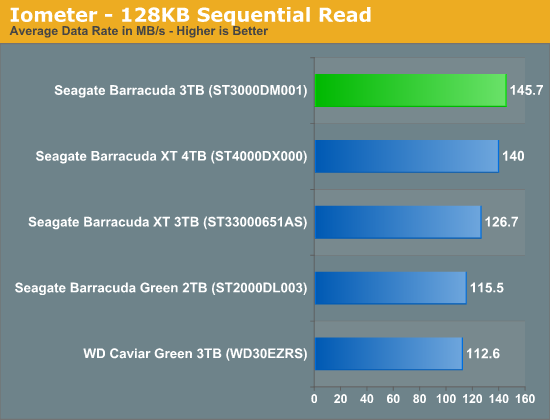
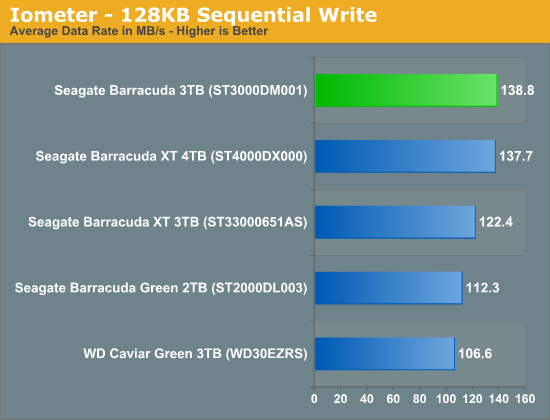
Sequential performance is up a bit over the original 3TB Barracuda XT, but about in-line with what we'd expect from a modern day high-capacity drive. Even compared to the latest 4TB Barracuda XT, we see a slight increase in performance.
Despite the sequential performance advantage, PCMark 7 showed the new Barracuda on-par with the Barracuda XT:

I ran the drives through our light and heavy 2011 workloads from our SSD reviews (which takes absolutely forever to run on mechanical drives) and saw some interesting data:

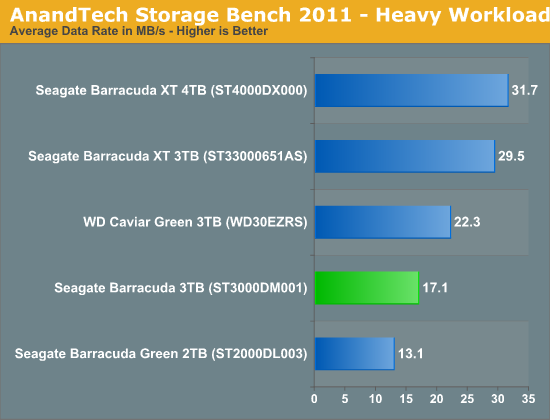
The Barracuda XT was consistently faster than the new 3TB Barracuda in our trace based benchmarks. Keep in mind that both of these tests were created on and for SSDs. Both tests involve a much heavier usage pattern and demand ultra quick response time, likely giving these hard drives an extremely strenuous workout. While the new Barracuda is faster than the outgoing Green, it seems as if the firmware isn't quite as tuned for performance as the XT. The difference does make sense, particularly if it translates into lower power usage given the new mainstream focused Barracuda lineup.

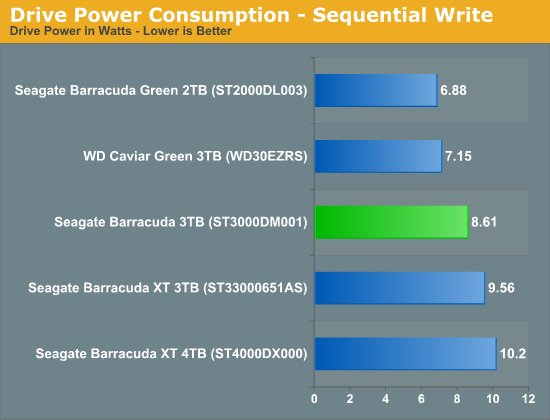
Power consumption is obviously lower than the old Barracuda XT, but still not quite as low as a 5400RPM Barracuda Green or WD Caviar Green. If you were expecting the new Barracuda to completely replace the outgoing Barracuda Green you will be disappointed. It looks like if you need a high capacity, low power 3.5" drive going forward it won't be from Seagate.
Final Words
The new 3TB Barracuda is a bit faster in sequential performance than the old Barracuda XT, at lower power consumption. In typical desktop workloads I think it's fairly safe to say that you wouldn't notice the difference between the Barracuda and Barracuda XT.
As our SSD tests showed us however, when really pushed the new Barracuda performs somewhere in between the old Green and the XT. Seagate appears to have optimized the drive's behavior for lower power rather than peak performance. If you want the absolute best performance out of a 3.5" drive, stick with the XT or wait for the new hybrid version.
Given the tremendous advantage SSDs offer over even the fastest 3.5" drives, I'm personally ok with the performance tradeoff under very heavy load so long as you've got an SSD somewhere in your system as well. I'm not sure I particularly agree with Seagate's decision to abandon the 5900RPM drive market, but thankfully there are other options available if you want a high capacity, lower power drive.


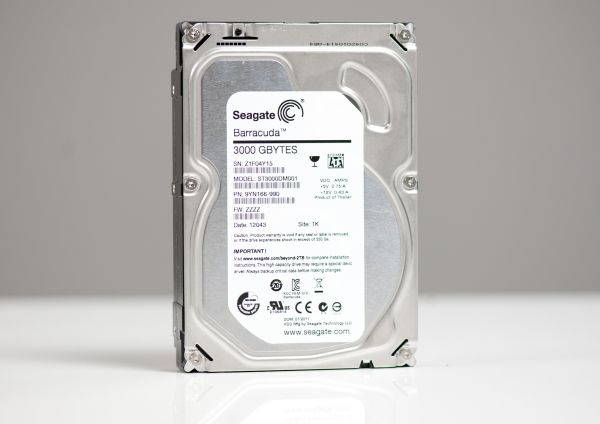

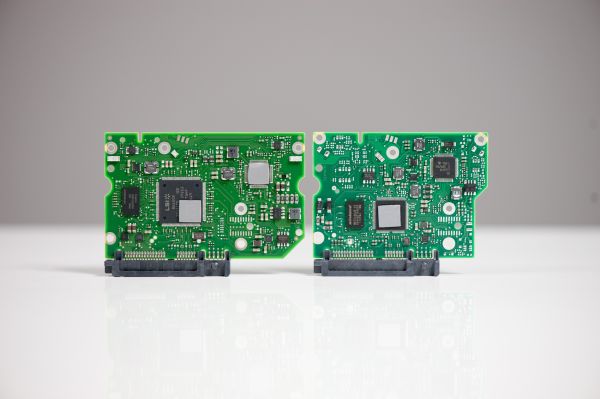
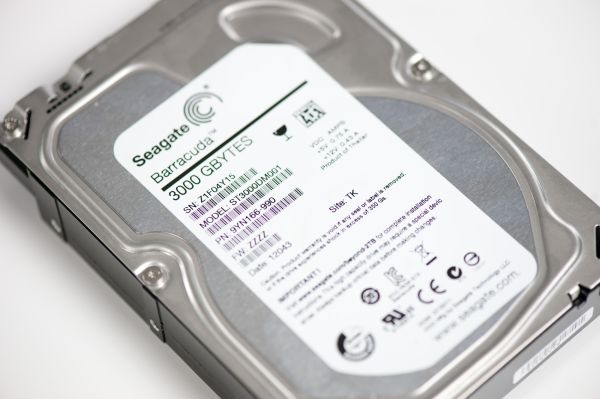








77 Comments
View All Comments
jwcalla - Wednesday, November 2, 2011 - link
I'll remember this review when I go to build my NAS next year.Since SSDs have a hook in me, I no longer put any consideration into performance of high-capacity drives. The only things I'm looking for in them are low power, low heat, and low noise. For the most part they spend their time idle and any time I need them it's to access items that have no need for high throughput (e.g., media and backup). But... that's just me and I'm just a single person.
Locut0s - Thursday, November 3, 2011 - link
I don't think that's just you. I think that's really the usage paradigm we are seeing the whole industry move towards. SSDs for the OS and a few apps, HUGE efficient low power drives for all your other stuff. Given this I'm not sure it was a smart move for Seagate to abandon their 5900s. I can tell you the next few drives I'm going to be buying will almost certainly be more WD 2TB Greens, if the prices ever go back down again.bznotins - Thursday, November 3, 2011 - link
Definitely agree here. My focus on platters is now power consumption, size, and reliability. If speed is necessary, I go with the SSD.I'm starting to bump up against the end of my 4x2TB JBOD and will likely need to start swapping-in 3-4TB drives soon. I'll be largely ignoring speed when I do so.
Perhaps reviews can focus more on these elements (power/reliability) over time (understanding the latter is a tough one)?
Samus - Thursday, November 3, 2011 - link
Great article Anand. Glad to see AT reviewing internal HDD's again (it seems to have been forever as the modern focus is obviously on SSD's)Statistically, the ideal operating temperature for HDD's is between 35-45c, and while Green drives operate <=35c, they still seem to be more reliable in the end; I've never had one fail, where as I've had two 7200.11 drives and a WD 1TB Black fail in the last two-three years, all from SMART sector allocation errors.
I think Seagate is making a mistake giving an entire market to WD. I don't think Hitachi or Samsung make 'green drives' (they might, I'm just not familiar with them) so WD is going to have this market cornered, and I believe thats a big market, especially for external drives where the low temperatures and power especially make sense.
futurepastnow - Friday, November 4, 2011 - link
I agree so much, I moved all of my high-capacity storage drives to a separate, dedicated computer.There's just something very... freeing... about having an appliance-like network storage. It backs up all of my computers (and itself) at night. I don't have to think about what movies and pictures are on which machine.
Slow, low-power drives and a slow, low-power CPU? No problem.
Techrev - Friday, July 5, 2013 - link
I've gone with an 8 bay external eSata case. I love the hell out of it, so I'm using my HTPC as a file server now, but the drives aren't clogging up the case and have their own power. I thought about going NAS, but I wanted the high speed Sata connection for my game pc. Even still, interface aside, big low power drives still make more sense to me. Using my HTPC in this way seems to be the best and most efficient, but if a NAS ever seems to make more sense, I'll just grab an ITX mb and case and build a small PC to connect to the 8 Bay instead...gevorg - Wednesday, November 2, 2011 - link
The 2TB version looks like a price sweet spot. My only concern with these new drives is their 2 year warranty, which doesn't even match Western Digital's 3 years on the Green drives, let alone 5 years on the Black drives. Still, time will tell, should see first reliability reports in a few months.jigglywiggly - Thursday, November 3, 2011 - link
I thought these drives were going to come with 4gb nands or is that something else? I would buy it then as an OS drive for a diff pc.Also amazing time to release new hd with prices super amazingly low to azn flooding.
Rand - Thursday, November 3, 2011 - link
That's the upcoming Barracuda XT.misaki - Thursday, November 3, 2011 - link
Personally, I want reliability, reliability, reliability. Performance is pretty much irrelevant these days just by sticking in a single SSD for your OS and apps. However, I feel that drive quality has dropped significantly ever since we went over 1TB a few years ago and now I'm always on the lookout for when the next drive is about to fail. This is across Seagate, WD and Hitachi, including WD's Black line.I've had the most success with Samsung in the past 2 years or so, but now that they have sold their HD division to Seagate, I don't know who I can trust. I hope that now that Seagate and WD are the only 2 makers left, that they will bring up their standards, but I'm not holding my breath.